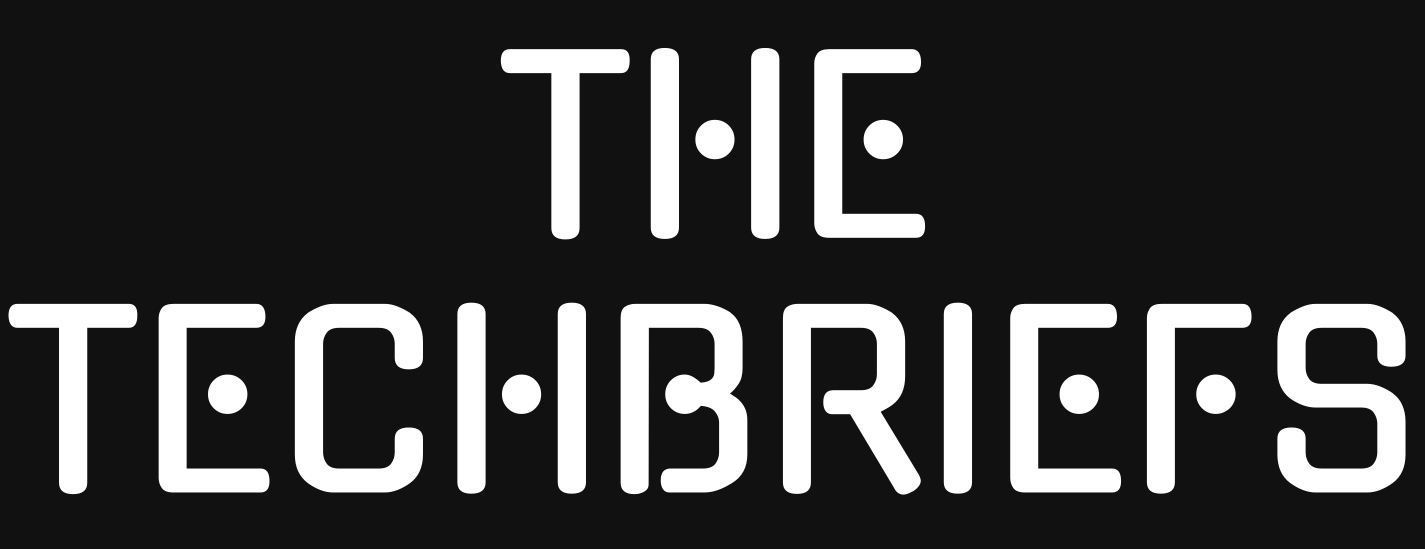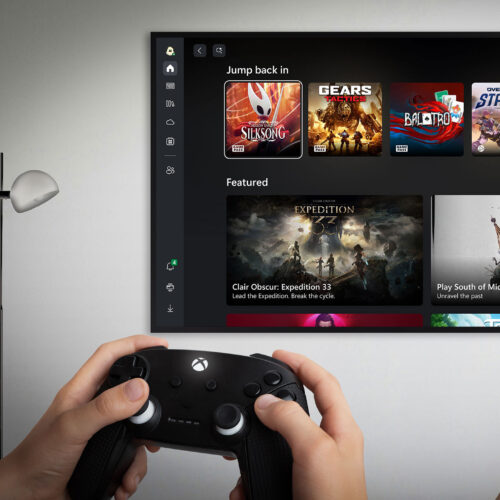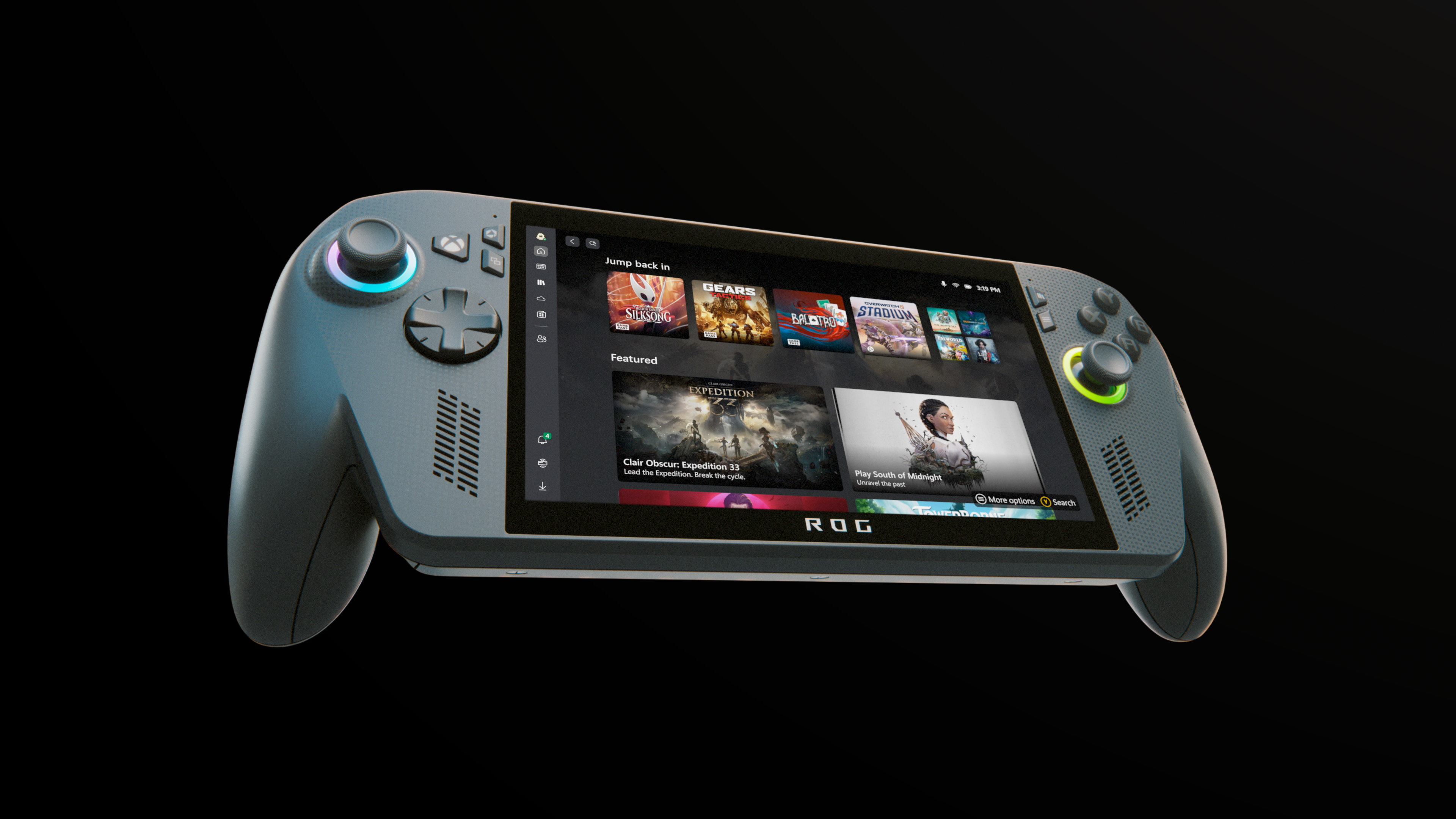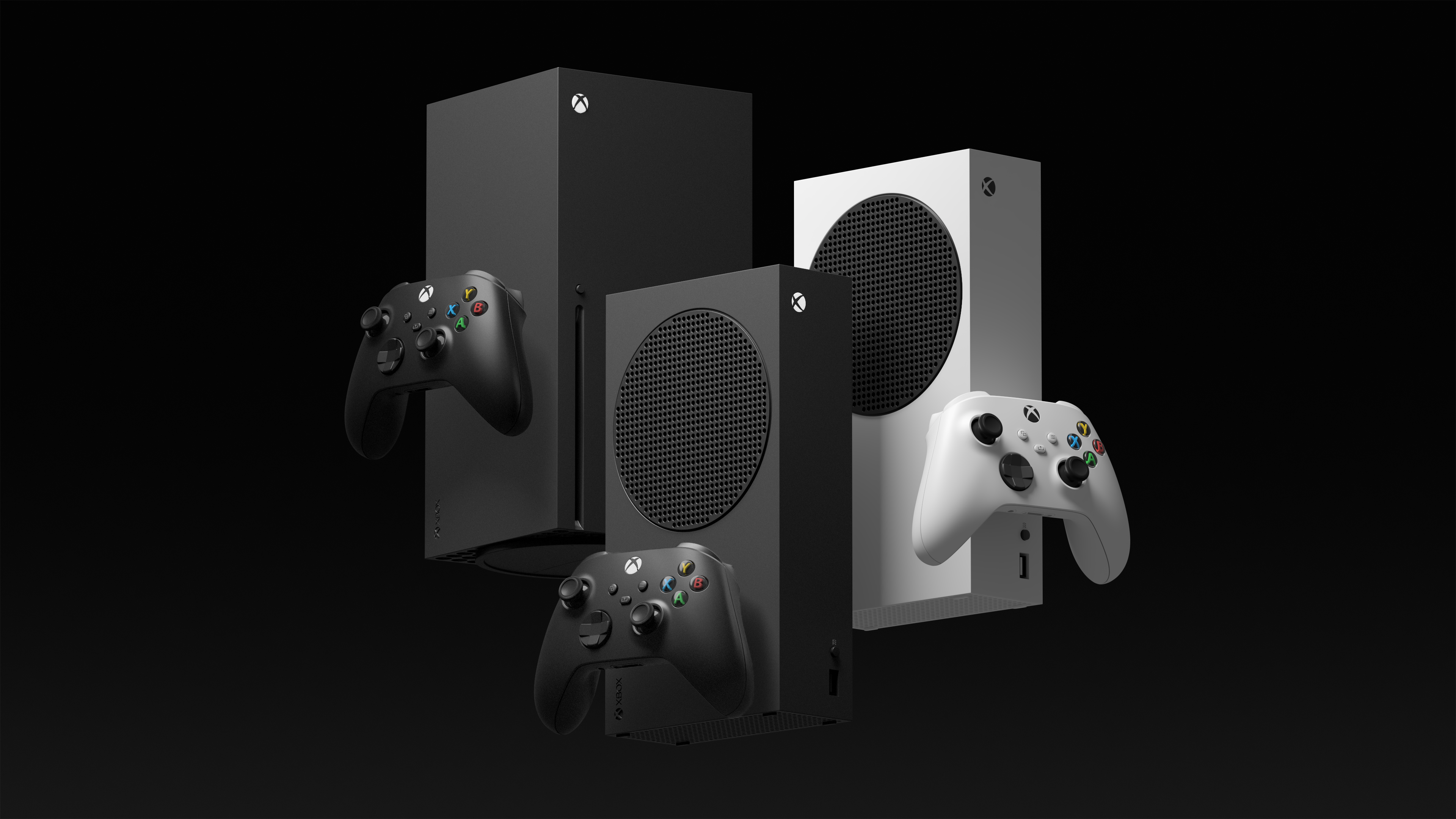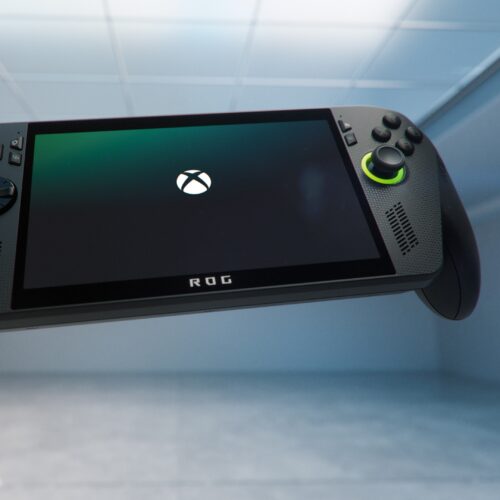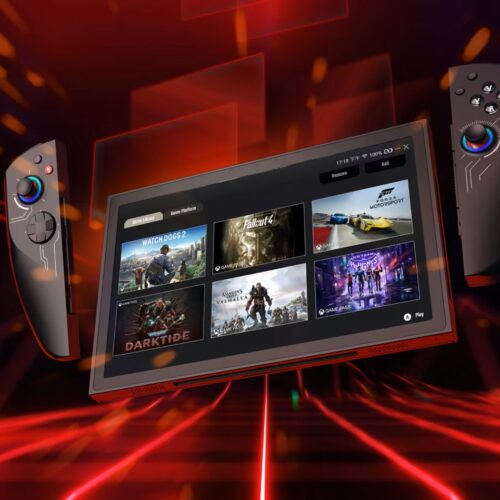The AMD-powered “next generation Xbox console” should take a tip from the ROG Xbox Ally.
Hey, you got Windows in my Xbox. No, you got Xbox in my Windows… Credit: Aurich Lawson | Getty Images
Yesterday, Microsoft confirmed that it’s not abandoning the home console market just yet. In a short video teaser, Xbox President Sarah Bond highlighted a “strategic multi-year partnership with AMD” that will include “our next-generation Xbox consoles in your living room and in your hands.” But while we know that the “in your hands” part will include devices like the Windows-powered ROG Xbox Ally, there are still few specifics about what exactly Microsoft has planned for its future living room consoles (aside from what Bond calls “the next generation of graphics innovation”).
Reading between the lines a bit, though, we wouldn’t be surprised if Microsoft was getting ready to finally tear down the thinning wall separating gaming PCs and gaming consoles. A Windows-based, living room-focused Xbox capable of running generic Windows games could accentuate Microsoft’s strengths in PC gaming while papering over many of the company’s recent struggles in the home console market.
WindowsBox
The once-bright line separating PC gaming and TV-based console gaming has been deteriorating for years. On the hardware side, bespoke console chips and development environments long ago gave way to PC-like architectures that are simpler and easier for developers to work with. And on the PC interface side, efforts like Steam’s Big Picture mode and SteamOS as a whole have strived to make playing on a PC with a handheld controller into a more console-like experience.
If handheld players would dig this kind of Windows gaming experience, why not home console players?
Credit: Microsoft
If handheld players would dig this kind of Windows gaming experience, why not home console players? Credit: Microsoft
Last week’s announcement of the Asus Xbox ROG Ally shows that Microsoft is leaning into this merger. The Windows 11-powered device promises to replace Windows’ desktop icons and taskbar with a new full-screen “Xbox Experience for Handheld.” The company says this will “minimize background activity and defer non-essential tasks” that take up RAM and computing resources on a full desktop Windows OS. That interface won’t be exclusive to Asus’ handheld, either; Microsoft has said it will start rolling out to other Windows devices “starting next year.”
It’s not ridiculous to think that the next Xbox console could be one of those Windows devices. A living-room-focused box running a modified version of that Xbox Experience for Handhelds (call it the “Xbox Experience for Consoles,” if you like) would give living room gamers instant access to tens of thousands of games designed for Windows—plus thousands more coming out each year—with an interface and form factor familiar to living room gamers. That kind of software library would give a Windows-based Xbox an instant leg up on the more limited selection of ports available on competing consoles, especially if it also “maintains compatibility with your existing library of Xbox games,” as Bond promised.
While Microsoft would likely build its own Windows-based Xbox hardware, it could also license its new console-ified Windows gaming interface to other hardware manufacturers interested in similar living room hardware. Microsoft is well-positioned to run a redo of Valve’s abortive Steam Machines effort, only this time without the performance headaches and limited library of Linux ports that plagued that effort.
True, a Windows-based Xbox console would mean Microsoft giving up the ability to charge third-party developers a 30 percent fee for the privilege of offering software on its current walled-garden console marketplace. And competing gaming PC manufacturers that currently partner with Microsoft might not be too happy with the Windows-maker encroaching on their space. But that all might be worth it to help cement Windows—and, in turn, Microsoft—as a central part of the home console gaming space.
Reviving the brand
A Windows-powered living room Xbox is just the kind of thing Microsoft needs to turn around its struggling home console brand. The Xbox One was outsold handily by Sony’s PS4, and sales of the Xbox Series S/X hardware have been cratering in recent years. Seemingly acknowledging this, Microsoft has started offering previous Xbox console exclusives to other platforms, giving up the potential of system-selling exclusive games for the prospect of more software licensing fees.
Microsoft’s “Xbox Series” consoles haven’t exactly been tearing up the sales charts.
Credit: Microsoft
Microsoft’s “Xbox Series” consoles haven’t exactly been tearing up the sales charts. Credit: Microsoft
On the PC side, though, Microsoft is still a force to be reckoned with. Practically every desktop or laptop gaming PC runs Windows by default, despite half-hearted efforts by Apple to turn MacOS into a serious gaming platform. And while Valve’s Linux-based SteamOS has created a significant handheld gaming PC niche—and is hinting at attempts to push into the gaming desktop space—it does so only through a Proton compatibility layer built on top of the strong developer interest in Windows gaming.
Microsoft is already highlighting its software advantage over SteamOS, promoting the Xbox Experience for Handhelds’ “aggregated game library” that can provide “access to games you can’t get elsewhere” through multiple Windows-based game launchers. There’s no reason to think that living room console players wouldn’t also be interested in that kind of no-compromise access to the full suite of Windows gaming options.
Microsoft has been preparing the Xbox brand for this ultimate merger between PC and console gaming for years, too. While the name “Xbox” was once synonymous with Microsoft’s console gaming efforts, that hasn’t been true since the launch of “Xbox on Windows 10” in 2015 and the subsequent Windows Xbox app.
Meanwhile, offerings like Microsoft’s “Play Anywhere” initiative and the Xbox Game Pass for PC have gotten players used to purchases and subscriptions giving them access to games on both Xbox consoles and Windows PCs (not to mention cloud streaming to devices like smartphones). If your living room Xbox console simply played Windows games directly (along with your Windows-based handheld gaming PC), this sort of “Play Anywhere” promise becomes that much simpler to pull off without any need for porting effort from developers.
These are the kinds of thoughts that ran through my mind when I heard Bond say yesterday that Xbox is “working closely with the Windows team to ensure that Windows is the number one platform for gaming” while “building you a gaming platform that’s always with you so you can play the games you want across devices anywhere you want, delivering you an Xbox experience not locked to a single store or tied to one device.” That could simply be the kind of cross-market pablum we’re used to hearing from Microsoft. Or it could be a hint of a new world where Microsoft finally fully leverages its Windows gaming dominance into a new vision for a living room Xbox console.
Kyle Orland has been the Senior Gaming Editor at Ars Technica since 2012, writing primarily about the business, tech, and culture behind video games. He has journalism and computer science degrees from University of Maryland. He once wrote a whole book about Minesweeper.
